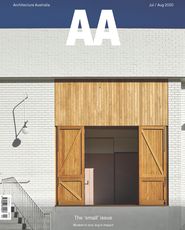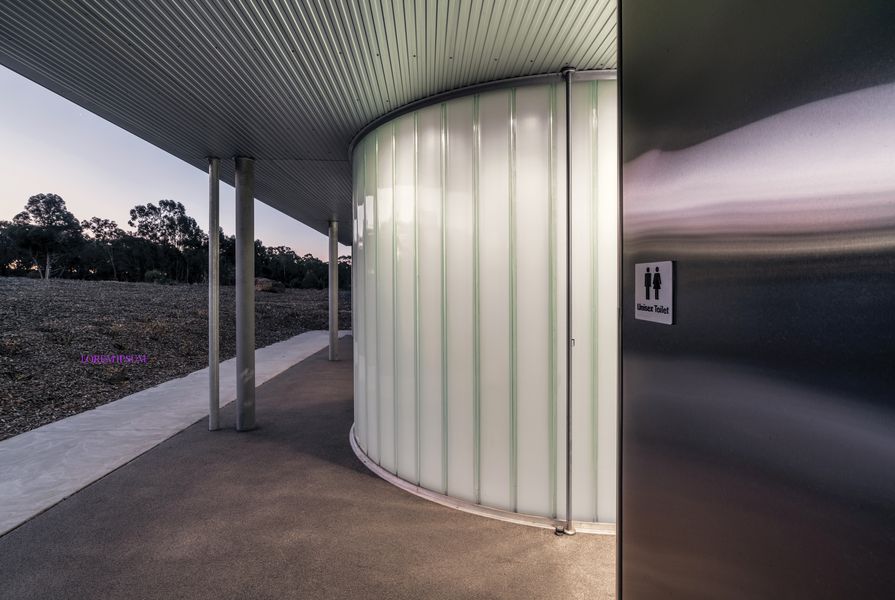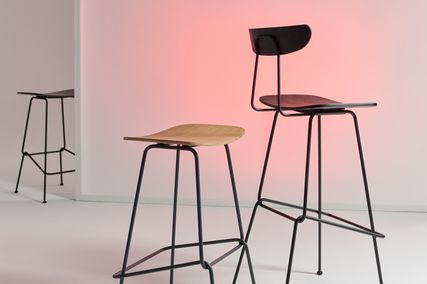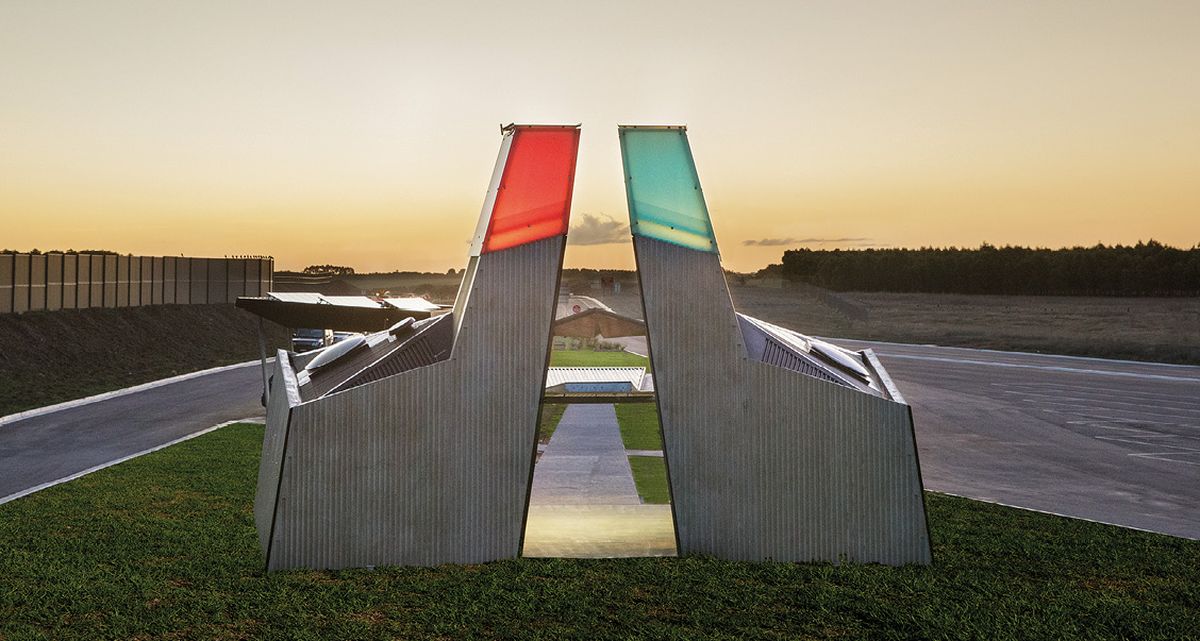The issue of public toilets and gender has been a site of intense moral panic across Australia, the UK and the USA. Anxieties have centred on whether trans women should be able to access women’s bathrooms – which they legally can, in most jurisdictions – and are fuelled by misplaced (and transphobic) fears about trans women being and/or enabling sexual predators. What is often missed in these discussions is how well designed public toilets can improve safety and accessibility for all.
Public toilet design tends to be underpinned by assumptions about biological sex, gender and the relationship between them. Segregated (men/women) toilets imply that gender and sex are binary: we are either man or woman, and our biological sex and gender “align” with one another (i.e. we are cisgender). However, sex and gender are more complicated than this.
Not everyone’s sex and gender align. Nor does a person necessarily fall neatly into the category of man or woman, nor the social expectations of masculinity and femininity. “Trans” is a prefix describing people whose gender differs from their birth-assigned sex, and is an umbrella term (and sometimes also an identity) beneath which trans women and trans men and many non-binary people shelter.
Differences in sex characteristics are common across all humans, including (but not limited to) people born with intersex variations. Single-gender toilet design does not reflect many people’s lived experiences and the complex and plural realities of gender and sex.
Gender-segregated public toilet design has important implications for the safety and wellbeing of trans and gender- nonconforming people: which toilet do you use if you don’t “fit” the categories or social expectations of cis man or woman? It is well-documented that trans people can face significant levels of violence, abuse and harassment for using the “wrong” toilet and often experience anxiety about using public toilets, sometimes avoiding them altogether. Trans men and non-binary people are frequently overlooked in discussions about public toilets, but, like cis and trans women, they can face considerable barriers to accessing appropriate public toilet facilities. This can have detrimental mental and physical health implications and severely restrict their access to public life.
Many trans and cis women have well founded fears for their safety in public (though we should remember that the vast majority of men’s violence against women occurs in private/residential spaces). However, segregated toilets do not automatically protect women from men’s violence. For example, research has documented cis and trans women experiencing sexual violence perpetrated by cis men in women’s toilets. Gender-segregated toilets do not stop men’s perpetration of violence and there is no evidence to suggest that gender-neutral public toilets increase the potential for sexual and other violence.
However, the needs of these groups are not inherently in tension. As researchers Luc Bovens and Alexandru Marcoci have argued, gender-neutral toilets could enhance “potty parity” by reducing wait times for cis women while also providing accessible spaces for trans people. 1 Gender-neutral bathrooms also benefit parents with young children of a different gender, and disabled people with carers of another gender.
So, what are the implications for public toilet design? There is not one “best” option: the right solution for a given situation depends on factors including pre-existing building design, the nature of the space and who will be using it. Where possible, providing access to gender-neutral and gender-segregated toilets is ideal, as this accommodates the needs of most people.
Architectural design is complicit in maintaining facile assumptions about binary sex and gender that are exclusive to trans and gender-nonconforming people. Design cannot eradicate all transphobia and violence, but these social issues can be alleviated by designing for gender diversity and the safety of all.
1. Luc Bovens and Alexandru Marcoci, “To those who oppose gender-neutral toilets: They’re better for everybody,” The Guardian , 1 December 2017, theguardian.com/ commentisfree/2017/dec/01/gender-neutral-toilets- better-everybody-rage-latrine-trans-disabled (accessed 15 June 2020).
Credits
- Project
- Geelong Ring Road Rest Area
- Architect
- BKK Architects
Melbourne, Vic, Australia
- Project Team
- Julian Kosloff, Stephanie Bullock, Tim Black, Simon Knott, Madeleine Beech, Julian Faelli
- Architect
- VicRoads Landscape and Urban Design
- Consultants
-
Builder
MMAP Constructions
Concrete supply Melbourne Precast Concrete
Landscape architect VicRoads Landscape and Urban Design
Services engineer BRT Consulting
Structural engineer Perrett Simpson
- Aboriginal Nation
- Built on the land of the Wadawurrung people of the Kulin nation
- Site Details
-
Location
Geelong,
Vic,
Australia
- Project Details
-
Status
Built
Category Public / cultural
Type Amenities, Small projects
Credits
- Project
- Dandenong Public City Park Amenities
- Architect
- BKK Architects
Melbourne, Vic, Australia
- Project Team
- Tim Black, Jillian Raleigh, Vaughan Howard
- Consultants
-
Builder
ADM Structures
Structural engineer ACOR
- Aboriginal Nation
- Built on the land of the Wurundjeri, Bunurong and Boon Wurrung peoples of the Kulin nation
- Site Details
- Project Details
-
Type
Amenities
Source

Discussion
Published online: 8 Mar 2021
Words:
Bianca Fileborn,
Lo Marshall
Images:
Dan Preston,
John Gollings
Issue
Architecture Australia, July 2020

















